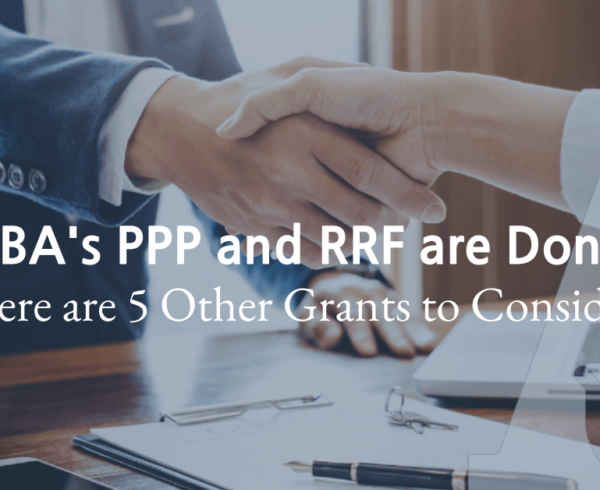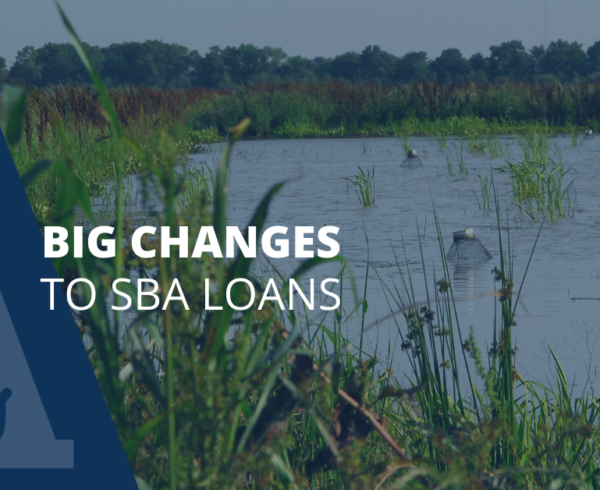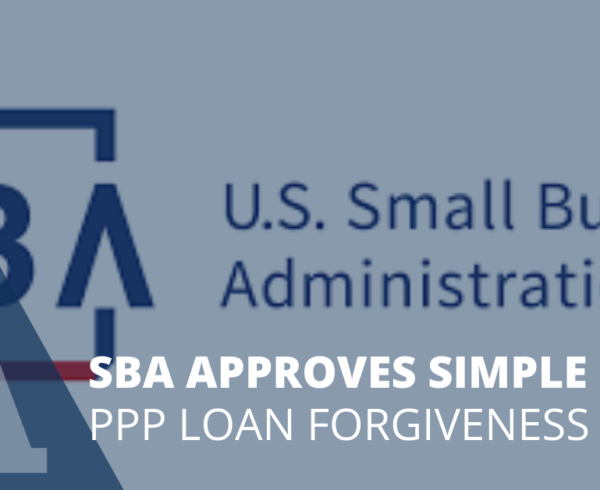For those of us living along the Gulf Coast, hurricane season is a yearly issue, with new updates of possible storms and getting ready for the weather. The Weather Channel stated that the 2021 season generated 21 named storms, the third most for any Atlantic hurricane season, behind only 2020’s record 30 storms and 2005’s 28 storms.
As if Louisiana wasn’t beleaguered enough after enduring three hurricanes in 2020, Hurricane Ida roared ashore on Aug. 29, the 16-year anniversary of Katrina’s devastating landfall. Ida pushed storm surge flooding of possibly over 10 feet in parts of southeast Louisiana and wrung out up to 16 inches of rain in southern Mississippi. Ida’s 150 mph Category 4 landfall tied 2020’s Laura and the Last Island 1856 hurricane for strongest (by wind speed) to affect the Pelican State. It was the first time on record Category 4 landfalls occurred in Louisiana in back-to-back years.
For the 2022 hurricane season, National Oceanic and Atmospheric Administration (NOAA) is forecasting a likely range of 14 to 21 named storms (winds of 39 mph or higher), of which 6 to 10 could become hurricanes (winds of 74 mph or higher), including 3 to 6 major hurricanes (category 3, 4 or 5; with winds of 111 mph or higher).
So let’s look at some ways that you can be prepared for if and when a hurricane lands in Louisiana. All steps are recommended by Ready.gov.
Make an Emergency Plan
Put a plan together by discussing the questions below with your family, friends or household to start your emergency plan.
- How will I receive emergency alerts and warnings?
- What is my shelter plan?
- What is my evacuation route?
- What is my family/household communication plan?
- Do I need to update my emergency preparedness kit?
Consider specific needs in your household. As you prepare you plan, tailor it and your supplies to your specific daily living needs and responsibilities. Discuss your needs and responsibilities and how people in the network can assist each other with communication, care of children, business, pets or specific needs like operating medical equipment. Create your own personal network for specific areas where you need assistance.
After doing all this, make sure to practice your plan with your family.
Know Your Evacuation Zone
You may have to evacuate quickly due to a hurricane if you live in an evacuation zone. Learn your evacuation routes, practice with household, pets, and identify where you will stay.
Follow the instructions from local emergency managers, who work closely with state, local, tribal, and territorial agencies and partners. They will provide the latest recommendations based on the threat to your community and appropriate safety measures.
Recognize Warnings and Alerts
Have several ways to receive alerts. Download the FEMA app and receive real-time alerts from the National Weather Service for up to five locations nationwide. Sign up for community alerts in your area and be aware of the Emergency Alert System (EAS) and Wireless Emergency Alert (WEA)-which requires no sign up.
Those With Disabilities
If you or anyone in your household is an individual with a disability identify if you may need additional help during an emergency.
Review Important Documents
Make sure your insurance policies and personal documents like ID are up to date. Make copies and keep them in a secure password protected digital space.
Strengthen your Home
De-clutter drains and gutters, bring in outside furniture, and consider hurricane shutters.
Get Tech Ready
Keep your cell phone charged when you know a hurricane is in the forecast and purchase backup charging devices to power electronics.
Help your Neighborhood
Check with neighbors, senior adults, or those who may need additional help securing hurricane plans to see how you can be of assistance to others.
Gather Supplies
Have enough supplies for your household in your go bag or car trunk. After a hurricane, you may not have access to these supplies for days of even weeks. To assemble your kit store items in airtight plastic bags and put your entire disaster supplies it in one or two easy to carry containers such as plastic bins or a duffel bag. Here is a basic emergency supply kit:
- Water (one gallon per person per day for several days, for drinking and sanitation)
- Food (at least a three-day supply of non-perishable food)
- Battery-powered or hand crank radio and a NOAA Weather Radio with tone alert
- Flashlight
- First aid kit
- Extra batteries
- Whistle (to signal for help)
- Dust mask
- Plastic sheeting and duct tape
- Moist towelettes, garbage bags and plastic ties (for personal sanitation)
- Wrench or pliers
- Manual can opener
- Local maps
- Cell phone with charges and a backup battery
Some additional supplies may include:
- Masks, soap, hand sanitizer, and disinfecting wipes
- Prescription medications
- Non-prescription medications such as pain relievers, anti-diarrhea medications, antacids or laxatives
- Prescription eyeglasses and contact lens solution
- Infant formula, bottles, diapers, wipes and diaper rash cream
- Pet food and extra water for your pet
- Cash or traveler’s checks
- Important family documents such as copies of insurance policies, identification and bank account records saved electronically or in a waterproof, portable container
- Sleeping bag or warm blanket for each person
- Complete change of clothing appropriate for your climate and sturdy shoes
- Fire extinguisher
- Matches in a waterproof container
- Feminine supplies and personal hygiene items
- Mess kits, paper cups, plates, paper towels and plastic utensils
- Paper and pencil
- Books, games, puzzles or other activities for children
All these steps can go a long ways to help you and your loved ones be as safe as you can be during the rough weather of hurricane season. Be sure to check local and state emergency precautions as inclement weather approaches your location.













